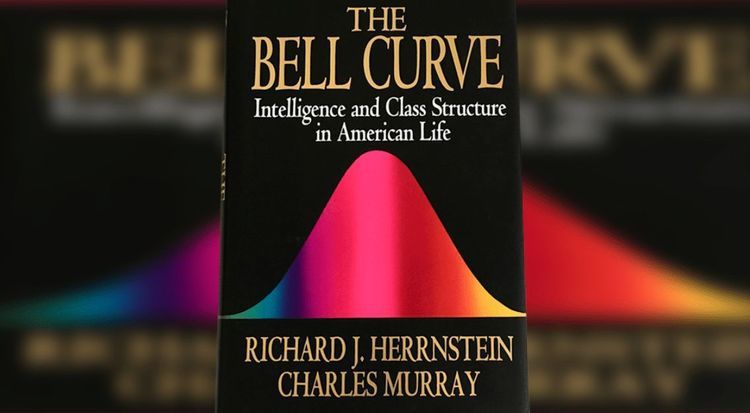


10/08/2004
[Sidebar to For Whom the Bell Tolls]
First published in Forbes October 24, 1994
"There’s a limit to what you can say in a multicultural society."
Richard J. Herrnstein was cheerfully but mortally ill when FORBES visited him at his home one hot day in August. Still, when we reported that an eminent Harvard colleague had offered the above excuse for ducking the IQ controversy, his eyes widened in perceptible anger. With sudden quiet intensity, he said: "That’s entirely contrary to everything the Founding Fathers stood for."
Herrnstein, who died at 64, was the son of Hungarian Jewish immigrants, a New Yorker who never forgot his shock at the segregated South he saw when hitchhiking to Florida in the 1940s. He graduated from CCNY and then spent essentially all his career at Harvard, where for several years he served as chairman of the department of psychology. He was even a student of the behaviorist B.F. Skinner, a famous proponent of nurture over nature.
But simple impulse of scientific curiosity seems to have led Herrnstein to his final, perhaps unstereotypical, conclusions. While coauthoring a history of psychology, he became aware, he told FORBES, "that the reach of psychometrics in psychology is largely unappreciated." The study of measurement in turn led him to recognize that "the genetic component has to be acknowledged … . It’s no accident that cats don’t play the cello."
And in 1966 Herrnstein experienced a "flashbulb moment" — the term for key points in mental development invented by his Harvard colleague Roger Brown — when he saw a television news item about the Coleman Report. (Mandated by the 1964 Civil Rights Act, the Coleman study found that variation in school quality explained surprisingly little of the variation in educational achievement.) "We had all assumed we just needed to follow Brown [the 1954 Supreme Court school desegregation decision] with amelioration [of school conditions]," he recalled. Now it was clear that more was involved.
Which was why one day in the early 1970s found himself hidden under a sink in the University of Iowa faculty lounge ("having a very pleasant chat with a graduate student") while radical demonstrators bayed for his blood. He was eventually rescued by armed guards. This was the flower-child generation’s response to Herrnstein’s September 1971 cover story in Atlantic Magazine discussing intelligence and its social implications. For a year every class he gave at Harvard was disrupted. The Harvard administration waffled.
Things quieted down thereafter. "There was an unspoken armistice," Herrnstein said, "as long as we remained in the bowels of the technical literature." But even there, discussion of race differences in particular became "hard to find." No wonder. When the Boston Globe editorialized against The Bell Curve this summer — sight unseen, because of the publisher’s tight embargo — harassing calls forced the Herrnsteins to delist their home phone. That the paper had reported Herrnstein was dying did not soften the rage against him.
Herrnstein had reason to believe that honesty was the best policy. After he and James Q. Wilson co-authored Crime and Human Nature in 1985, he said, he was surprised and moved to receive the thanks of many parents of adopted children — its apparently dark message about the hereditary basis of personality had helped relieve their self-torment over children who went wrong.
It’s not clear, of course, that Herrnstein’s Harvard colleague is mistaken. The counterattack against The Bell Curve is likely to be vociferous and vicious.
"But Dick would never have backed off an unpopular idea," says Charles Murray. "He thought that was what tenure was for."
Peter Brimelow, editor of VDARE.com and author of the much-denounced Alien Nation: Common Sense About America’s Immigration Disaster (Random House — 1995) and The Worm in the Apple (HarperCollins — 2003)